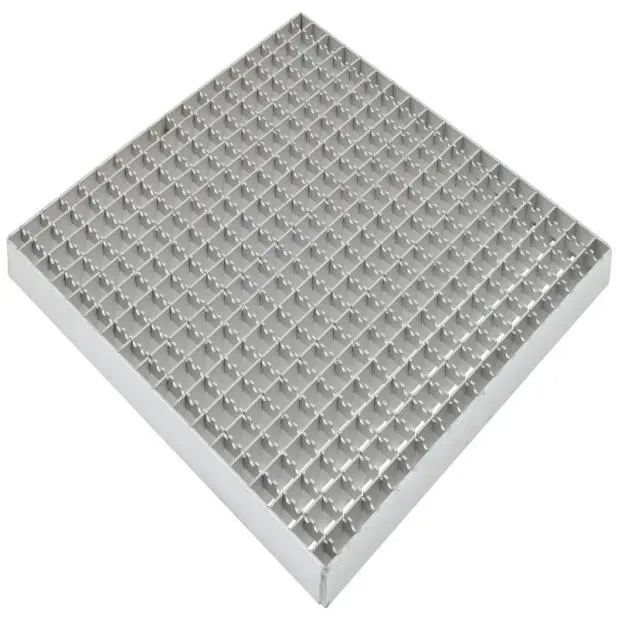- Industrial zone, South of Anping Town, Hengshui, Hebei, China.
- sales@hfpetromesh.com
- +86-18931809706
bar grating prices
Understanding Bar Grating Prices Factors and Trends
Bar grating is an essential component in various industrial and construction applications, serving as flooring, walkways, and safety platforms. Its versatility and strength make it a popular choice across different sectors. However, when it comes to purchasing bar grating, prices can vary significantly. Understanding the factors that influence these prices is crucial for making informed decisions.
Material Composition
The material used in bar grating is one of the primary factors affecting its cost. Common materials include steel, aluminum, and fiberglass. Steel grates are generally more affordable due to the abundance of the raw materials, but they can be prone to corrosion if not properly treated. Aluminum grating, while lighter and resistant to corrosion, tends to be more expensive. Fiberglass gratings offer excellent resistance to chemicals and corrosion, making them ideal for specific environments but usually at a higher price point.
Manufacturing Process
The manufacturing method also influences the price of bar grating. Press-locked and welded gratings represent two common manufacturing techniques. Welded grating is often stronger and more durable but involves a more labor-intensive process, leading to higher costs. Press-locked grating, while still robust, can be produced more quickly and economically, thereby reducing prices. Understanding these manufacturing processes can help consumers assess their budget and specifications to choose the right product.
bar grating prices

Size and Customization
Another significant factor is the size and customization of the grating. Standard sizes tend to be less expensive due to lower manufacturing costs, while custom sizes may incur additional charges. Projects requiring specific dimensions or load-bearing capacities often lead to increased prices. It’s essential to consider whether standard grating will meet the requirements of a project to avoid unnecessary expenses.
Market Demand and Supply Chain
Market demand also plays a crucial role in pricing. Fluctuations in demand, whether due to seasonal trends or large-scale projects, can affect availability and thus pricing. Additionally, disruptions in the supply chain, such as those caused by geopolitical events or natural disasters, can lead to increased costs. Buyers should keep an eye on market trends and be prepared for potential price changes.
Conclusion
In conclusion, when considering bar grating prices, it is essential to evaluate the various factors influencing costs, including material composition, manufacturing processes, size requirements, and market dynamics. By understanding these elements, buyers can make well-informed decisions that align with their budget and project needs. As industries continue to evolve, staying informed about pricing trends in bar grating will be invaluable for ensuring the best value in procurement.
-
The Power of Pyramid Shaker Screen - A 3-Dimensional SolutionNewsOct.24,2024
-
Exploring the Versatility and Durability of Steel GratingNewsOct.24,2024
-
Revolutionizing Drilling Efficiency with Steel Frame Shaker Screens for Mud Shale ShakersNewsOct.24,2024
-
Potential of Shale Shaker ScreensNewsOct.24,2024
-
Offshore Pipeline Counterweight Welded Mesh - Reinforced Mesh in Marine EngineeringNewsOct.24,2024
-
Revolutionizing Offshore Pipeline Stability with Concrete Weight Coating MeshNewsOct.24,2024
